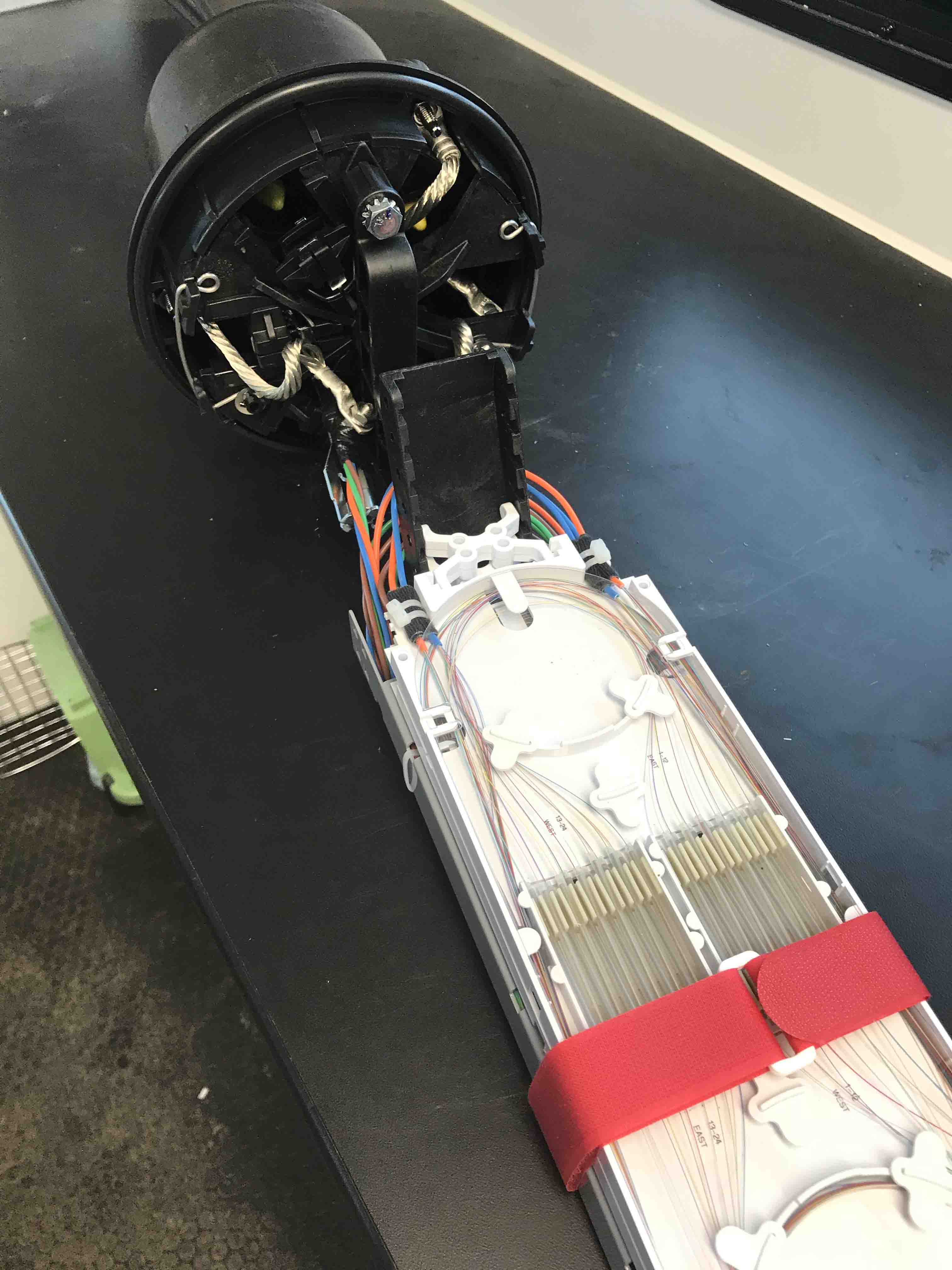
Simply position the fiber ends together inside the mechanical splice unit. Step 3: Mechanically join the fibers-No heat is needed in this method. Step 2: Cleaving the fiber-The process is identical to the cleaving for fusion splicing but the cleave precision is not as critical.

leaving only the bare fiber and keeping it clean. Step 1: Preparing the fiber -Striping the protective coatings, jackets, tubes, strength members, etc.

Using heat shrink tubing, silicone gel and/or mechanical crimp protectors will protect the splice from outside elements and breakage.įour basic steps to complete a mechanical splicing: A typical fusion splice has a tensile strength between 0.5 and 1.5 lbs and will not break during normal handling but it still requires protection from excessive bending and pulling forces. Step 4: Protecting the fiber-Protecting the fiber from bending and tensile forces will ensure the splice not break during normal handling. Once properly aligned the fusion splicer unit then uses an electrical arc to melt the fibers, permanently welding the two fiber ends together.
#Cn you splice fiber optic cable manual
Alignment can be manual or automatic depending on what equipment you have. Step 3: Fusing the fiber-Two steps involves in this step: alignment and heating. The cleaved end must be mirror-smooth and perpendicular to the fiber axis to obtain a proper splice. Step 2: Cleaving the fiber-Using a good fiber cleaver is essential to ensure a successful fusion splice. Step 1: Preparing the fiber- Striping the protective coatings, jackets, tubes, strength members, etc. They only differ from each other in the last two steps.įour basic steps to achieve a proper fusion splicing: Sometimes, a visual fault locator(VFL) may help to optimize some types of splices.īoth of fusion splicing and mechanical splicing consist of four basic steps, and for the first two steps, these two splicing methods are relatively the same. All needed are just a simple cleaver and some cable preparation tools. Mechanical splices generally have higher loss and greater reflection than fusion splices, but they do not need an expensive machine to fulfill the splicing tasks. Meanwhile, they are also used as temporary splices for testing bare fibers with OTDRs or OLTSs. Mechanical splicing are especially popular for fast, temporary restoration or for splicing multimode fibers in a premises installation. Two fibers are not permanently joined, just precisely held together to enable light to pass from one fiber into the other. Mechanical splicing, on the other hand, is simply aligned and designed to hold in place by a self-contained assembly. Fusion splicing can be achieved by a specialized equipment called fusion splicer that generally involves two functions: aligning the fibers and then melting them together. Moreover, it also provides the strongest and most reliable joint between two fibers.

The popularity of this kind of splicing method is resulted from the lowest loss and least reflection it offers. Basically, there exist two fiber interconnection methods: one is fusion splicing and the other is mechanical splicing. If you are just beginning to splice fiber, you might need to look at your long-term goals in this field in order to choose which technique best fits your economic and performance expectations.įusion splicing remains to be one of the most widely adopted permanent technique to joint optical fibers, which contains the process of fusing or welding two fibers together usually by an electric arc.


 0 kommentar(er)
0 kommentar(er)
